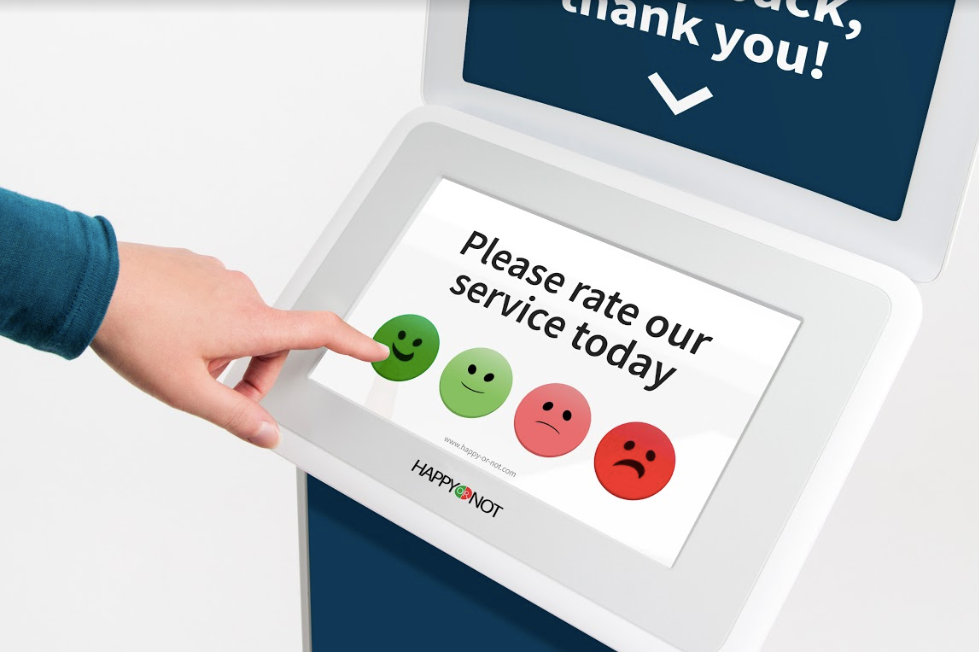Experience Masterplanning - what is it, why is it so important and why is it being so overlooked?
Everyone is looking to improve the experience for their customers, guests, passengers, or patients. Globally, Nielsen data suggests that just under half of all businesses regard experience as a key differentiator. For airports, as an example, ACI research has found that every 1% increase in global passenger satisfaction generates an additional 1.5% in non-aeronautical revenue. So there is significant motivation out there to make businesses pay attention to this. But do they know what they are really aiming at or how to get there?

Many organisations approach customer experience in a disconnected fashion resulting in initiatives, interventions, technology solutions and projects that aren’t joined up and don’t work together. The impact is usually poor results. The implementation of self-service technology from our shops to ticketing to airport check-in is perhaps a good example. Poor usability, badly laid out in the space, a lack of help and the human touch have all contributed to making this often a more stressful experience.
This is often because of a lack of a strategy that defines the experience that customers want, from end to end, that addresses how all the component parts will come together. In the case of the self-service example, the product, the space, information & instructions, the use of staff, and alternative options for those who need assistance to help all need to work together to deliver any sort of streamlined or autonomous experience.
In architecture, masterplanning takes that 30,000ft view, identifies the strategic objectives and looks to create a coherent vision for how all the different elements of the site connect. Experience masterplanning does the same.
It starts with defining the experience for the future target audience. Who are they? What do they want? What are their goals and objectives? How do they want to feel? What are the different stages of their journey that we will need to address? This can be done in lots of ways: for example, working with La Guardia Airport in New York we stepped away from demographic definitions of their passengers and created a series of behaviour archetypes. These were more useful in building a picture of the future customer which helped us imagine a range of interventions to improve experience and create new service opportunities.

The key factors are defining both functional and emotional needs within the context of an overall vision for the experience we want the customers to have. By doing this we can go from the organisation’s brand to building how that translates into the experience. For Dublin Aiport, we built out a vision from their brand values of human touch, seamless travel and personalisation. These principles were brought to life through stories through the voice of their passengers.
Experience masterplans are great at exploring the vision and how it manifests itself at each stage in the customer journey and in each of their interactions with the different parts of the operation. We co-created the first passenger experience vision with HS2 which mapped out the end-to-end customer journey and defined how the experience should play out at each of those steps. An experience masterplan can be useful to structure exploring how these different interactions between customer and organisation align with your business and operational objectives. Are we looking to influence customer behaviour or movement in some way? How are we going to become more customer-centric in how we operate?
This organisational perspective can then be taken into looking at the operation that the organisation has to deliver to create that experience and implement the vision. An airport in Italy came to us wanting to improve their operations and be more customer-centric - we have helped them to define a vision for the experience and co-created a new operating model for how different functions will collaborate, notably when things go wrong and the passenger experience is at its most stressed. Tackling this kind of organisational transformation always involves some degree of change especially to the culture. In our recent podcast, Derek Bishop from our friends at Culture Consultancy, noted:
Clients want a different outcome in terms of customer experience but they don’t necessarily want to face up to the realities of the culture changes needed to deliver better customer experience. If you want a sustained change from a customer experience, you need to think about it from short, medium and long-term perspectives. Designing an optimum organisational culture business needs to be human-centred by design because ultimately it’s the human being and the customer that is the most complex part of an organisation.
We’ve created these for organisations who want to get that strategic understanding of the experience they need to build. But it can also be something that complements traditional built environment masterplans projects. The architectural strategy can connect back to the understanding of who will use the space and the experience they want. As an example of this, we’ve recently collaborated with Weston Williamson + Partners on a new masterplan for Paddington Station, where we have set a vision for how passengers and the local community want to use the station and the surrounding area; WW+P are now building their masterplan as a response to that vision.
For any organisation that wants to be more customer-centric and deliver a better experience, you first have to know the kind of experience you are trying to create and that has to be driven by insight into your customers. For everyone in the organsation to align behind it, it has to be brought to life and articulated in a way that is understandable and compelling. We think experience masterplans, co-created with your teams and customers, are a great route to this.
Written by:

David Watts
Managing Director
David is our Managing Director with over 20 years of practice as a Human Factors and design consultant. He has delivered projects across sectors including rail, O&G, airports, utilities and the emergency services. He has worked with clients such as Network Rail, Siemens, easyJet, WSP, National Express, TfL and HS2.